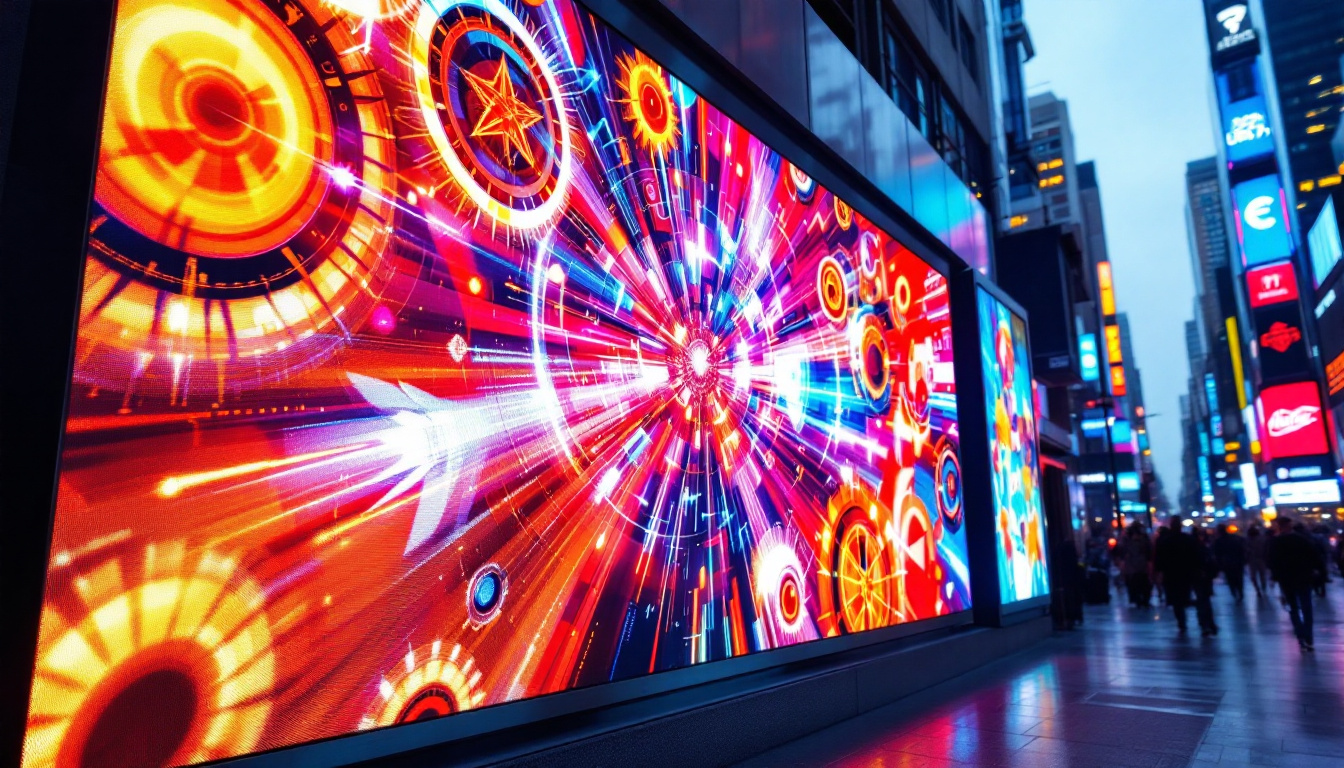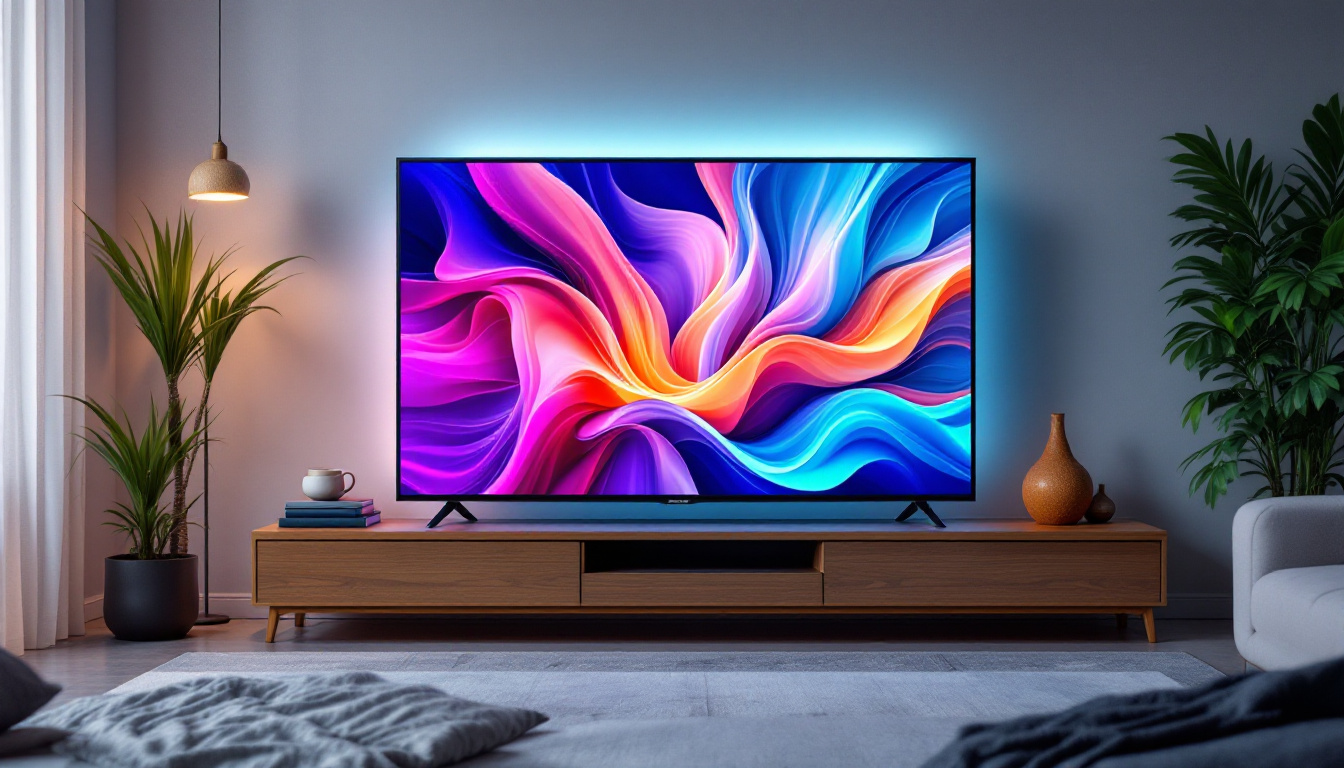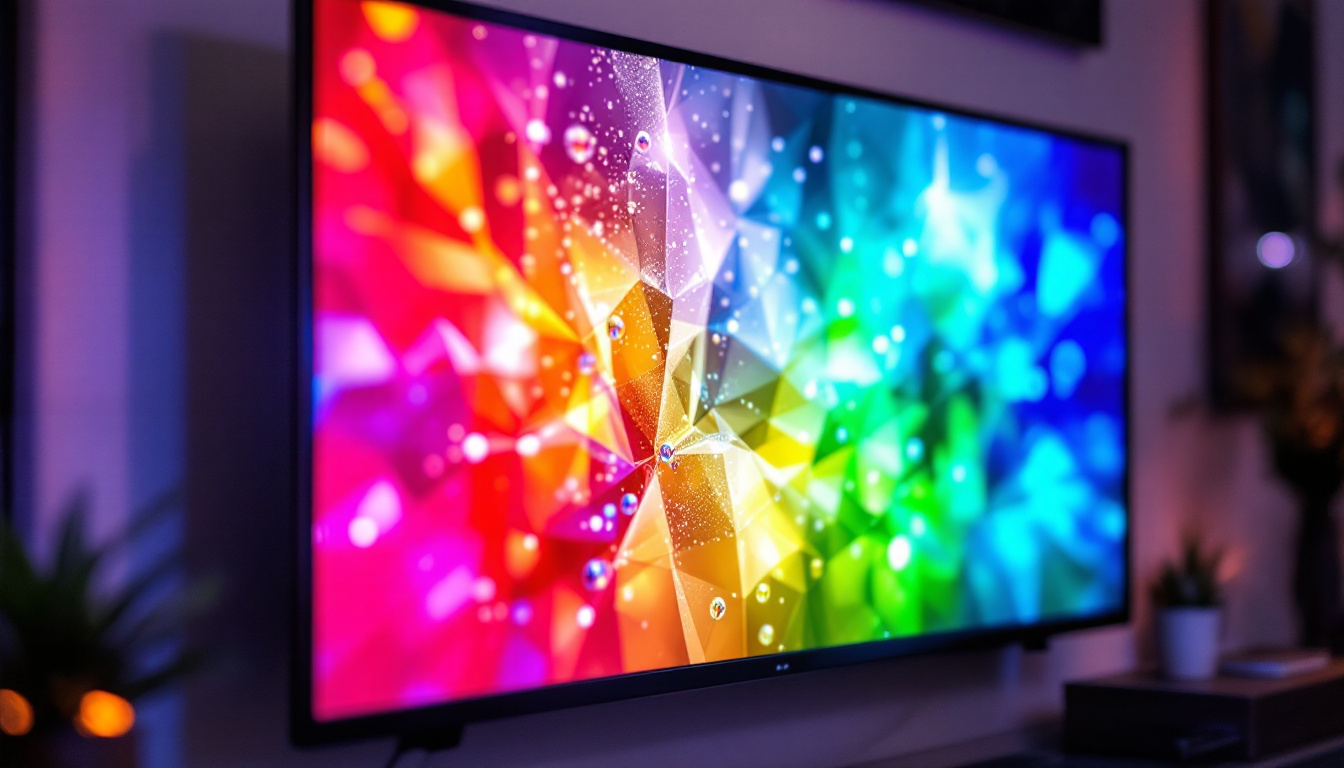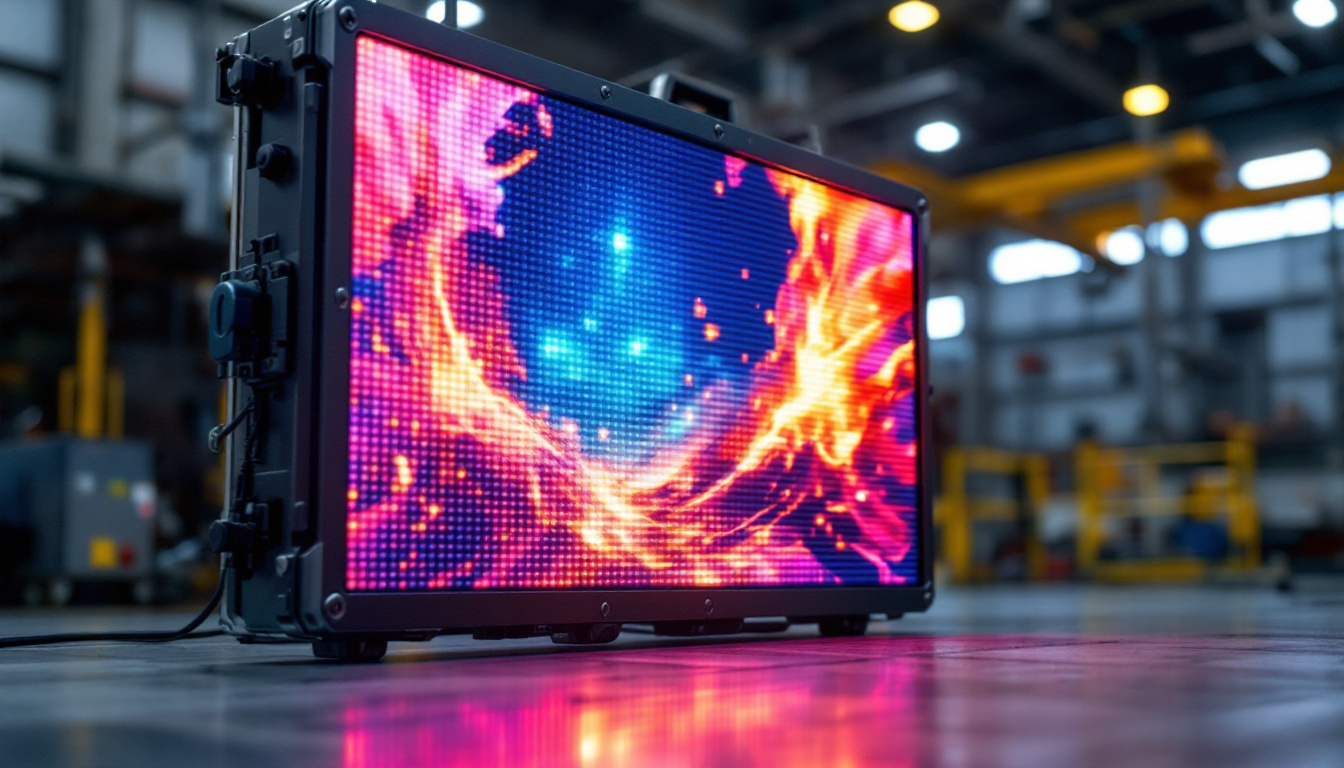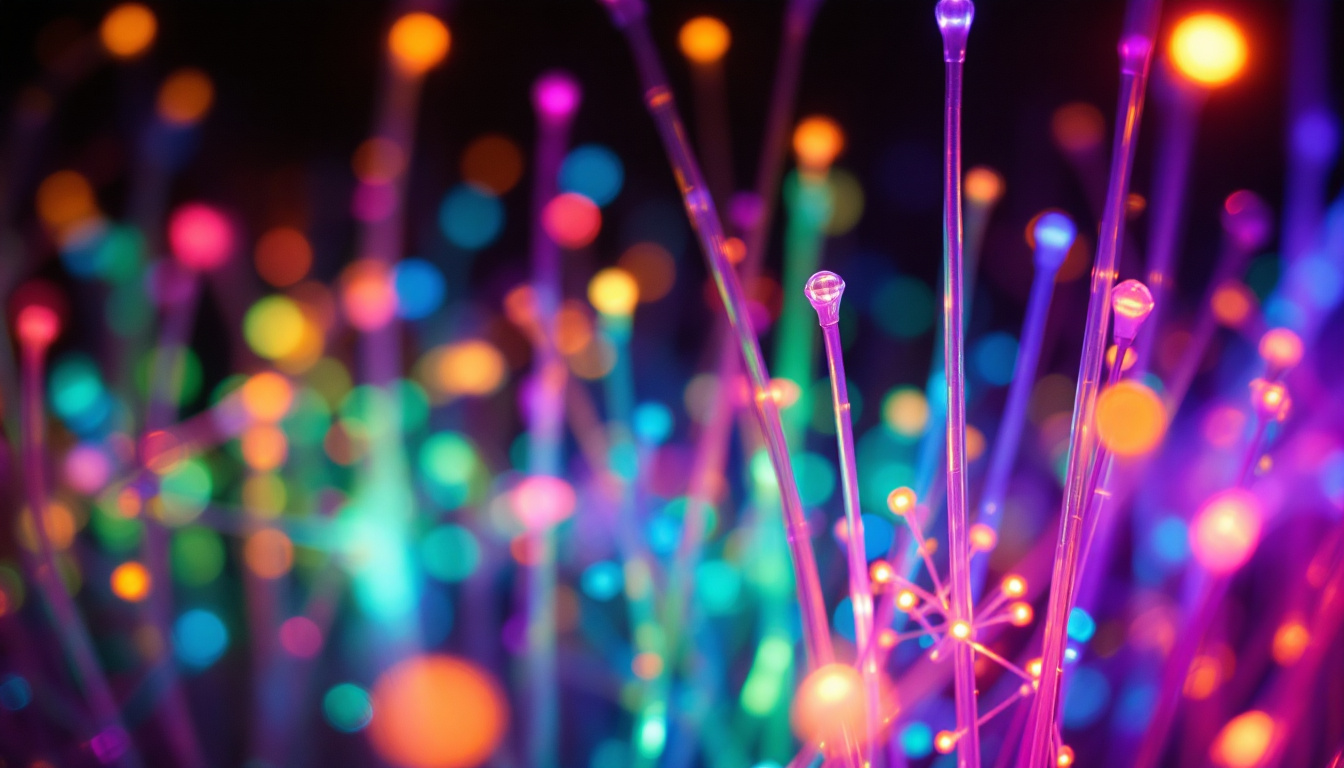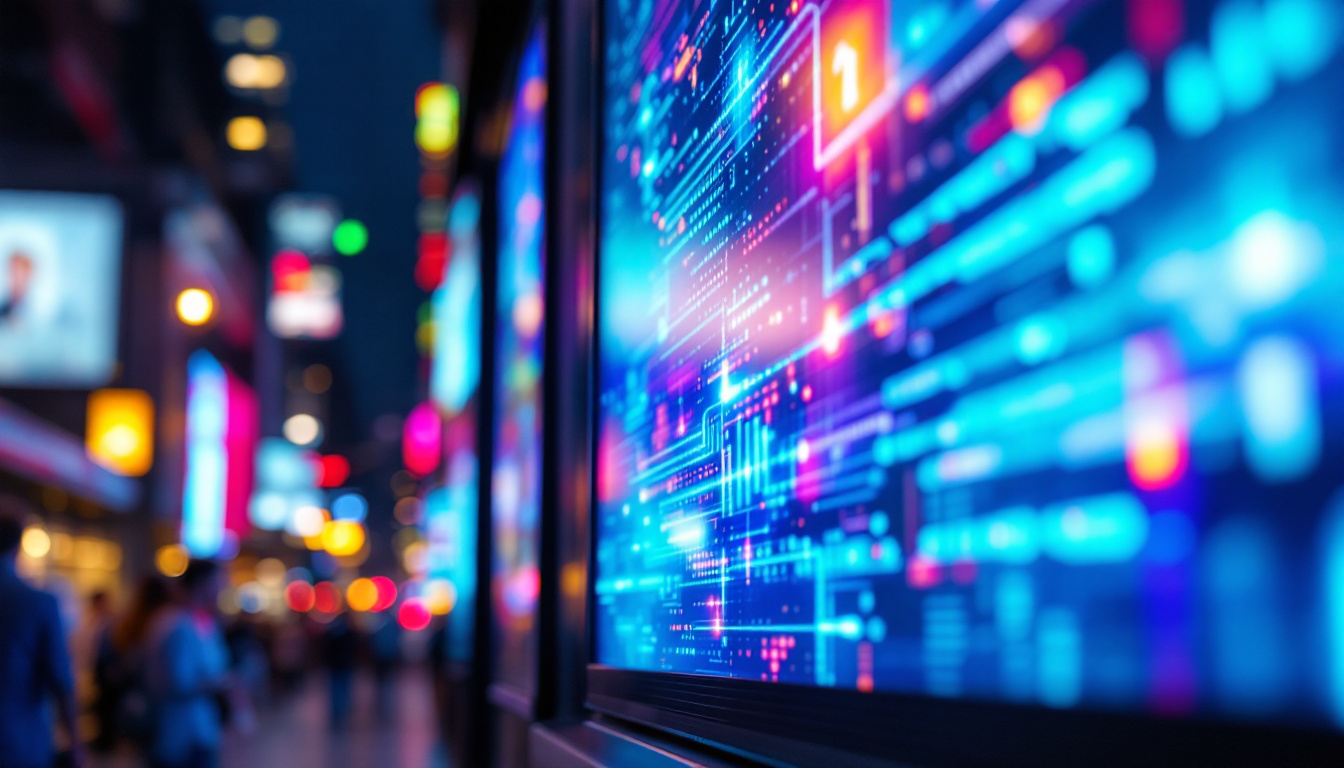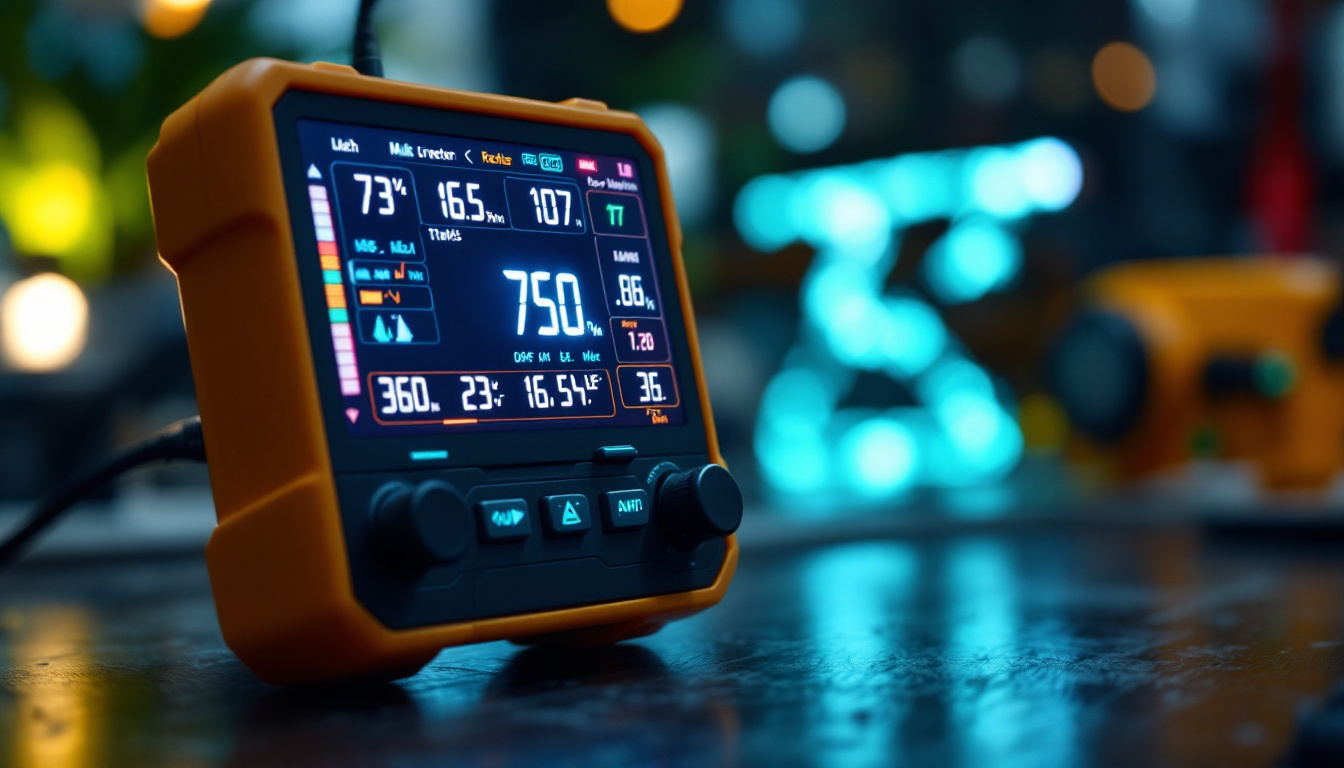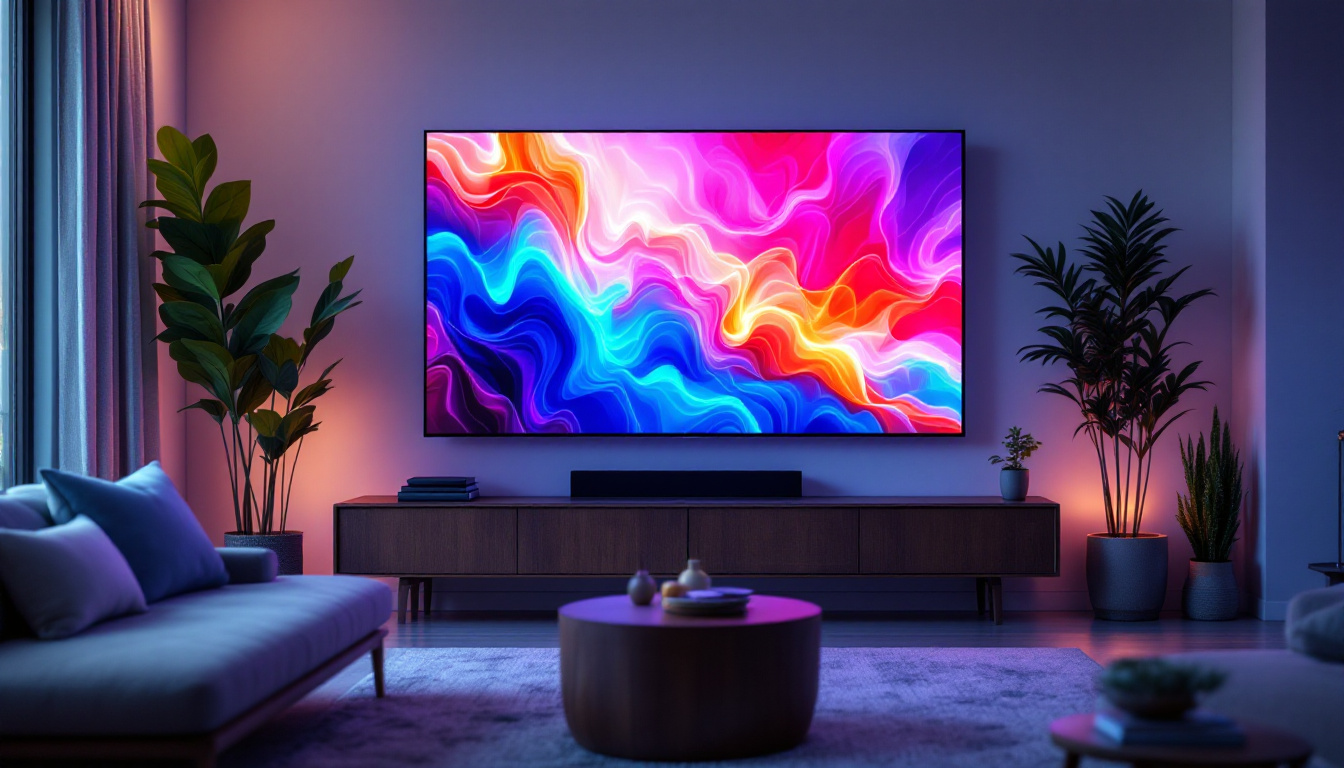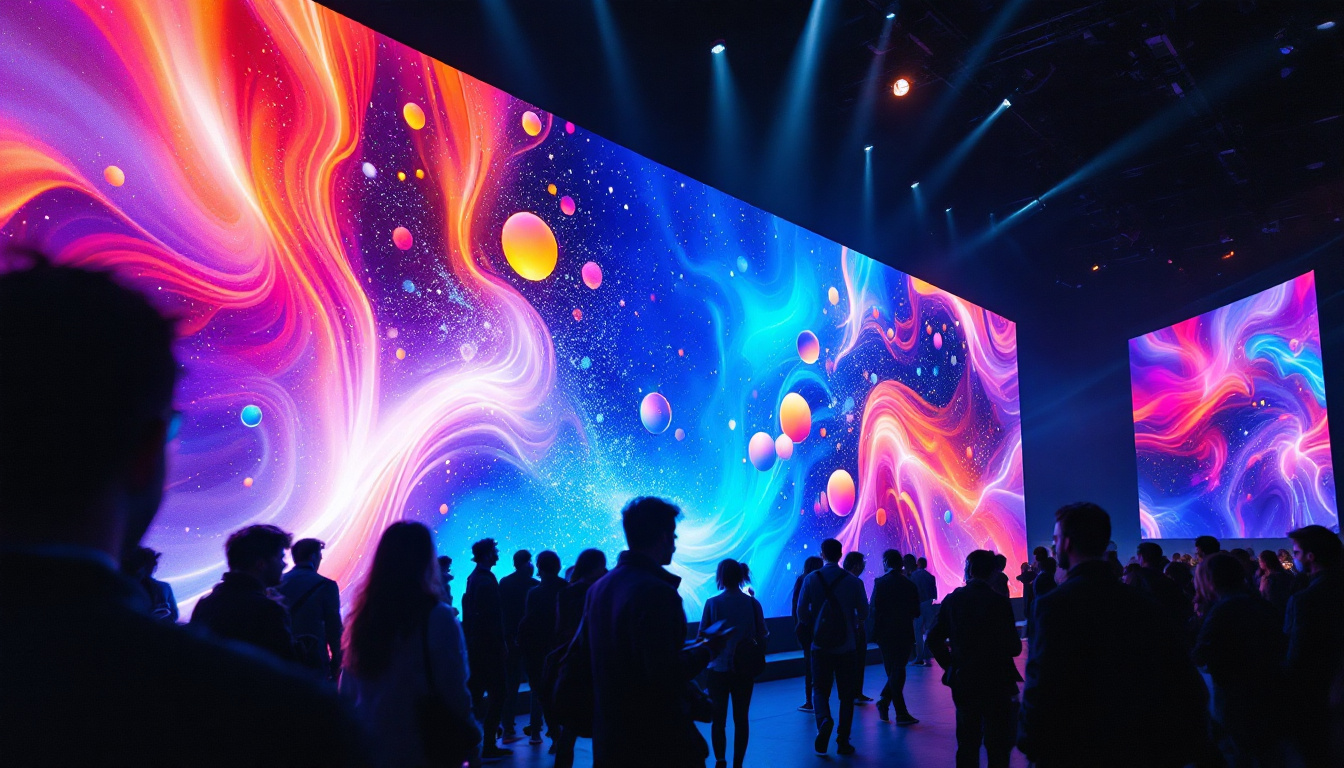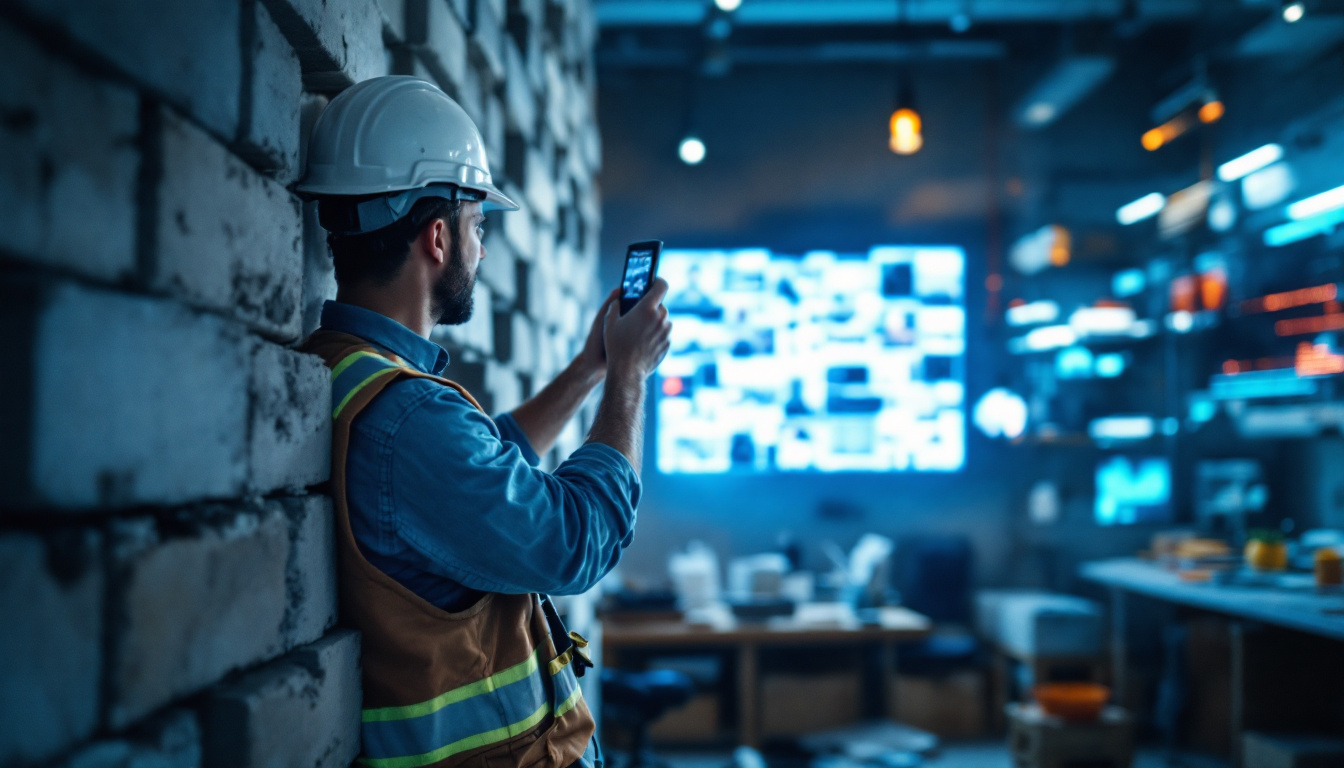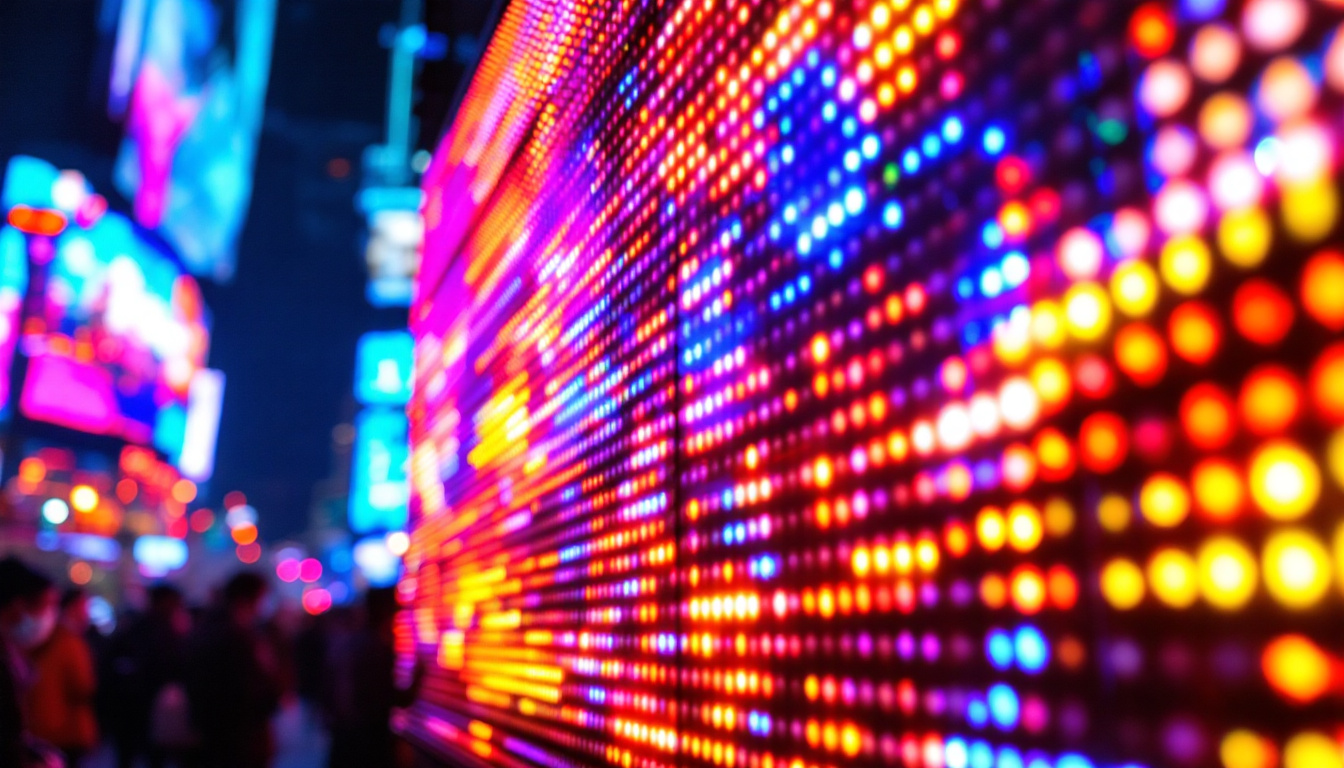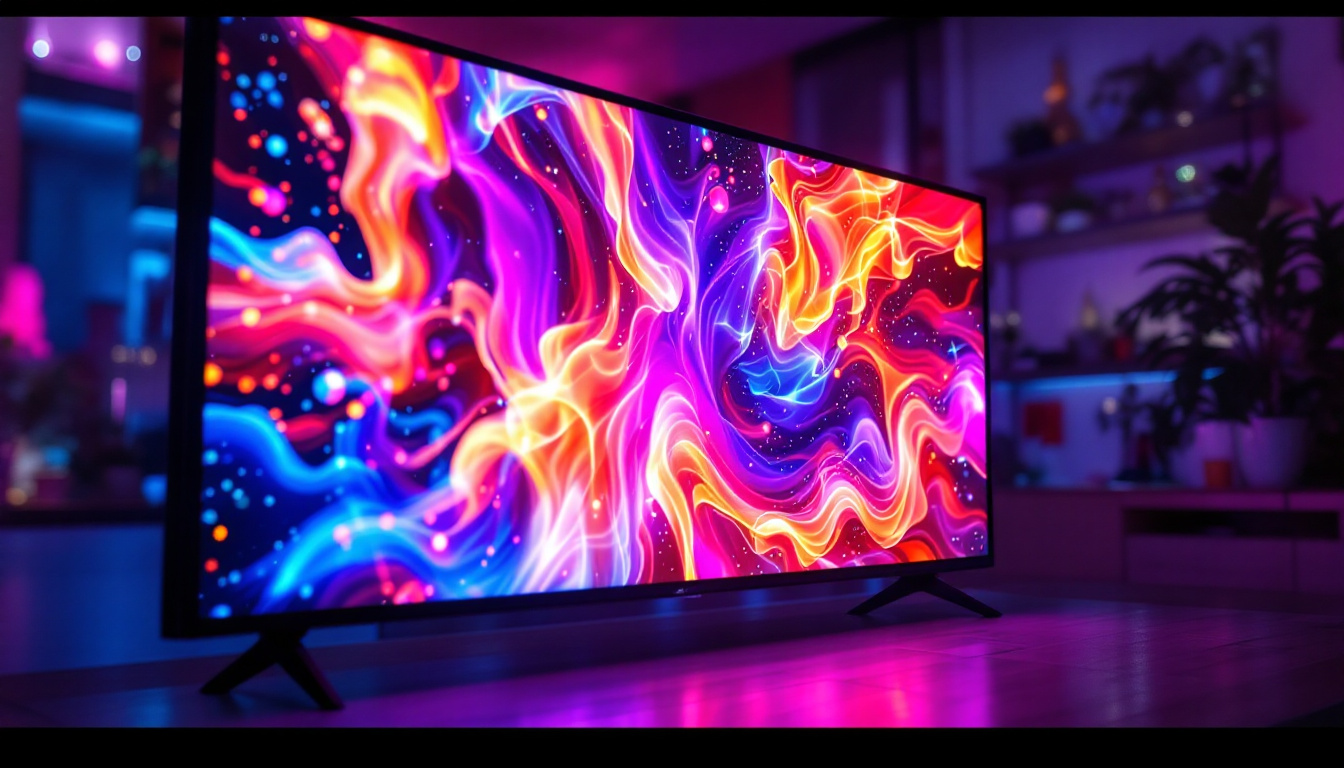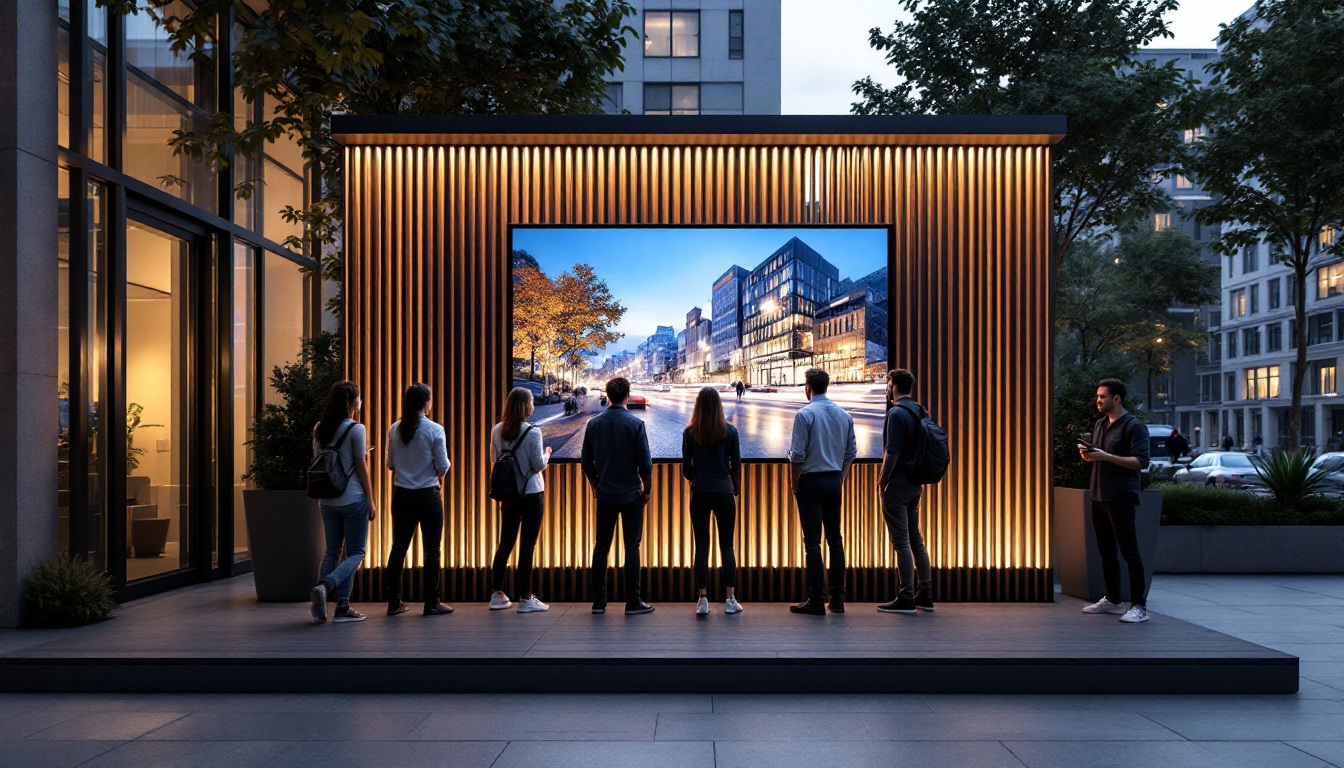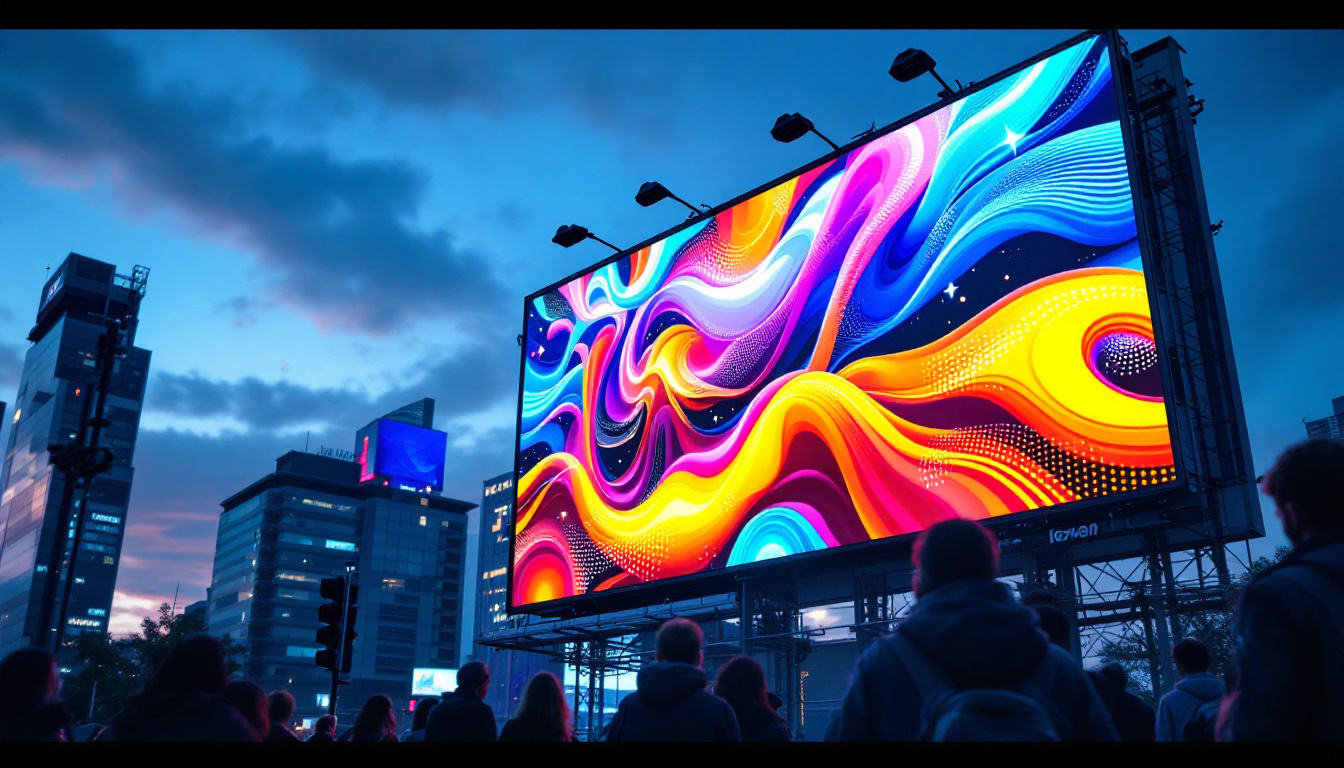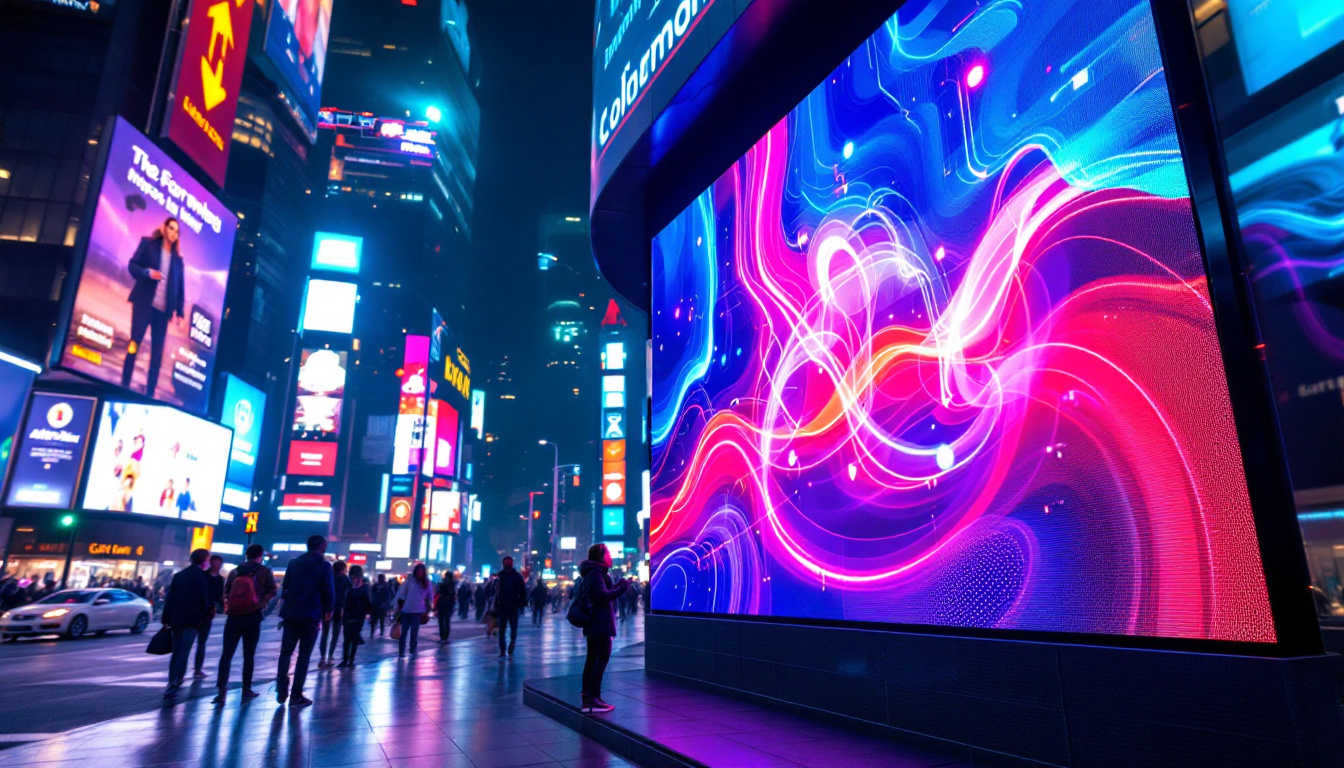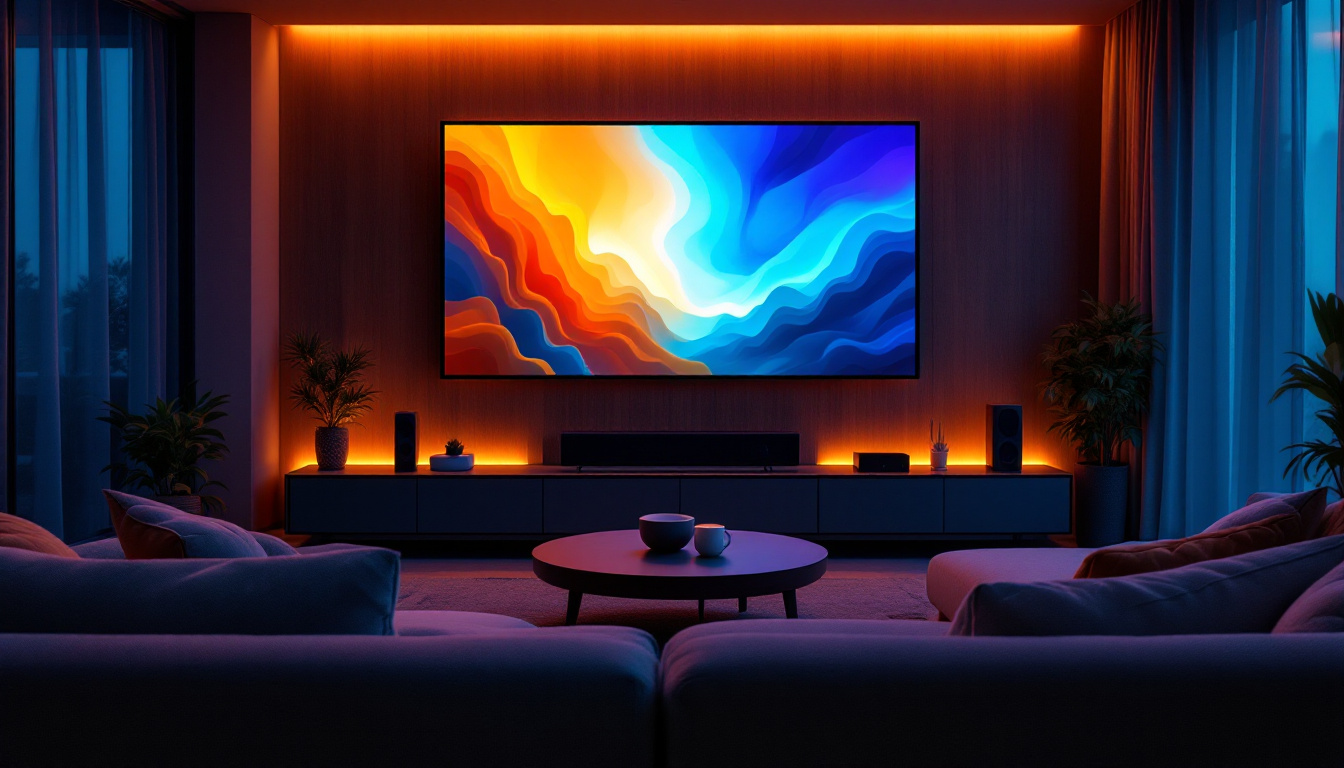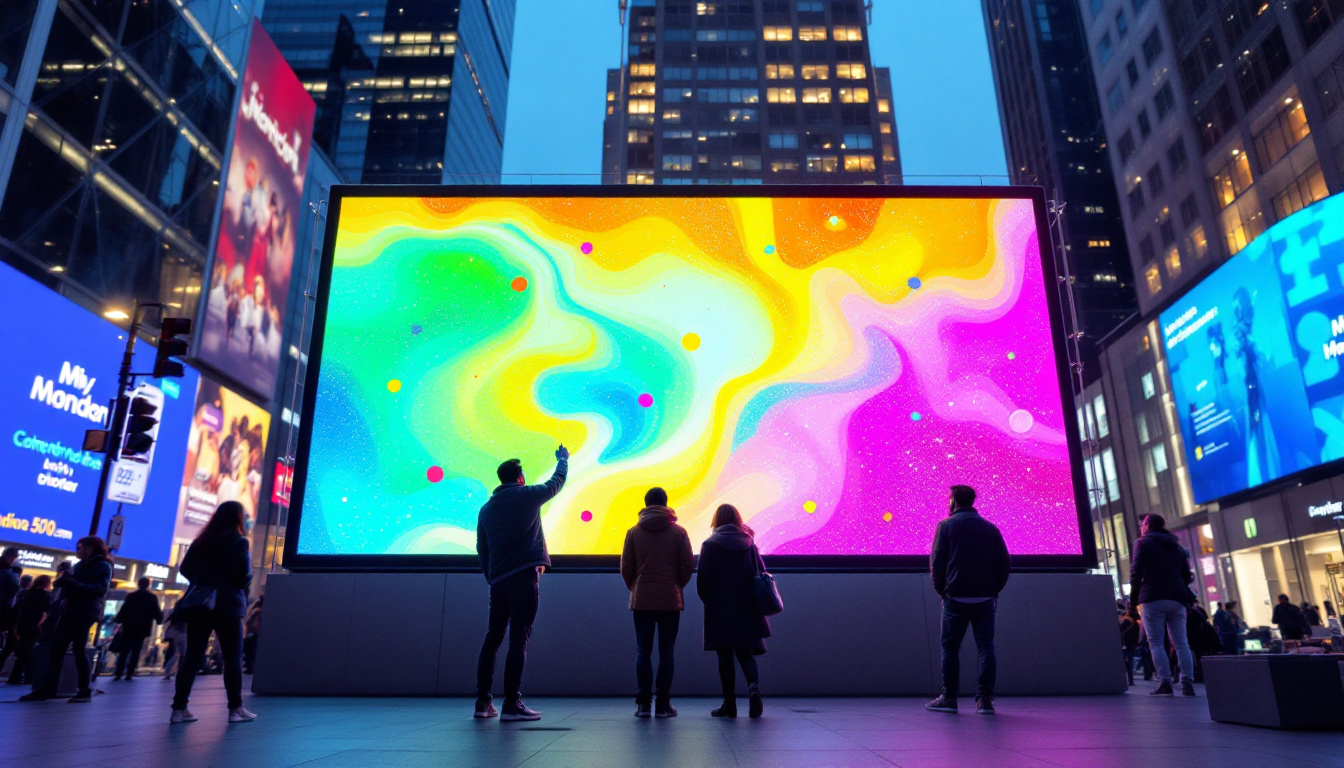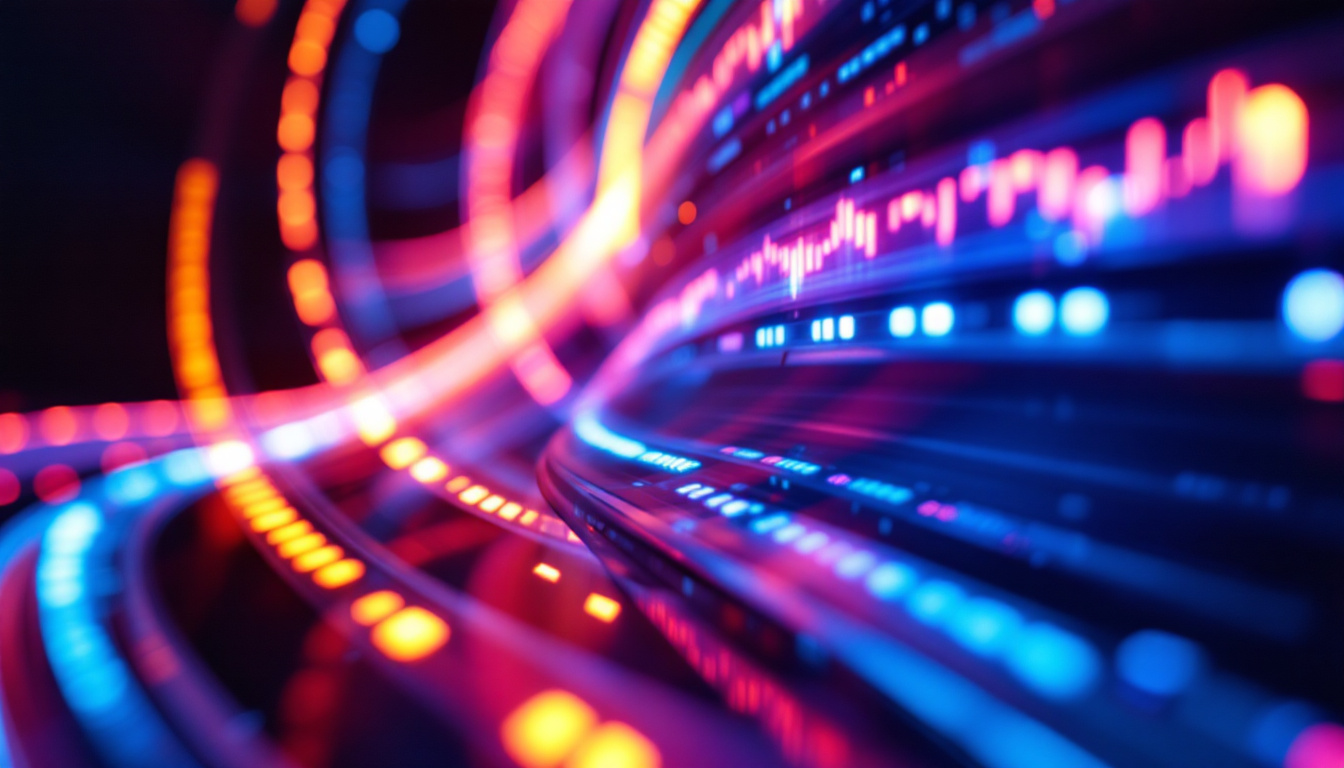In an age where visual communication is paramount, LED displays have emerged as a crucial tool for businesses and organizations seeking to capture attention and convey messages effectively. Eye signage, particularly through LED technology, has transformed how information is presented, making it more engaging and accessible. This article delves into the intricacies of LED displays, their advantages, applications, and future trends.
Understanding LED Technology
Light Emitting Diodes (LEDs) are semiconductor devices that emit light when an electric current passes through them. Unlike traditional incandescent bulbs, LEDs are highly efficient and can produce a wide range of colors. This technology has paved the way for vibrant and dynamic displays that can be utilized in various settings. The energy efficiency of LEDs not only reduces electricity consumption but also contributes to lower heat generation, making them a safer alternative for various applications. As a result, LEDs have become increasingly popular in both residential and commercial lighting solutions, offering longevity and reduced maintenance costs.
The Basics of LED Displays
LED displays consist of numerous tiny light-emitting diodes arranged in a grid. Each pixel is made up of red, green, and blue (RGB) diodes, allowing for the creation of millions of color combinations. The arrangement and density of these pixels determine the display’s resolution, which is crucial for clarity and detail. High-resolution displays, often used in professional settings such as broadcasting and digital signage, deliver sharp images and text, enhancing viewer engagement. Furthermore, advancements in technology have led to the development of flexible LED displays that can be curved or shaped to fit unique spaces, expanding their versatility in design.
These displays can be categorized into two main types: indoor and outdoor. Indoor LED displays are designed for low-light environments, while outdoor displays are built to withstand various weather conditions and are brighter to be visible in daylight. Outdoor displays often incorporate protective features such as waterproofing and UV resistance, ensuring their durability in harsh conditions. As cities become more digital, outdoor LED displays are increasingly used for everything from large-scale advertisements to public information systems, transforming urban landscapes into vibrant communication hubs.
Types of LED Displays
There are several types of LED displays, each designed for specific applications:
- Static LED Displays: These displays show fixed images or messages and are often used for signage in retail environments. They are particularly effective for conveying promotional messages or important information, capturing the attention of passersby with bright, eye-catching visuals.
- Dynamic LED Displays: Capable of displaying moving images and animations, these are popular for advertising and entertainment. Dynamic displays can engage audiences more effectively than static ones, as they can convey a narrative or showcase a product in action, making them ideal for events, concerts, and sports venues.
- Video Walls: Comprising multiple LED panels, video walls create a large, seamless display ideal for events and public spaces. They can be configured in various shapes and sizes, offering a flexible solution for immersive experiences, such as in museums or during live broadcasts. The technology behind video walls also allows for real-time content updates, ensuring that the displayed information is always current and relevant.
Advantages of LED Displays
LED displays offer numerous advantages over traditional signage methods, making them an attractive option for businesses. Their benefits extend beyond aesthetics, influencing effectiveness and operational efficiency.
Energy Efficiency
One of the most significant advantages of LED technology is its energy efficiency. LED displays consume significantly less power than traditional lighting options, leading to lower electricity bills. This efficiency not only reduces operational costs but also contributes to environmental sustainability, making LEDs a greener choice. Furthermore, the reduced energy consumption translates into a smaller carbon footprint, aligning with the growing consumer preference for eco-friendly practices. Businesses that adopt LED technology can enhance their brand image by showcasing their commitment to sustainability, which can resonate positively with environmentally conscious customers.
Brightness and Visibility
LED displays are known for their exceptional brightness, which allows them to be visible even in direct sunlight. This feature is particularly beneficial for outdoor advertising, where visibility is crucial for attracting potential customers. The high contrast ratio of LED displays ensures that colors remain vibrant and text is legible from various distances. Moreover, the ability to adjust brightness levels dynamically means that these displays can maintain optimal visibility in varying lighting conditions, ensuring that advertisements and messages are always seen clearly. This adaptability makes LED displays particularly effective for events and promotions, where capturing attention quickly can lead to increased foot traffic and sales.
Longevity and Durability
LEDs have a longer lifespan compared to traditional bulbs, often lasting up to 100,000 hours or more. This longevity reduces the frequency of replacements and maintenance, resulting in lower long-term costs. Additionally, LED displays are more durable and resistant to shock and vibration, making them suitable for high-traffic areas. Their robust construction means they can withstand harsh weather conditions, such as rain, snow, and extreme temperatures, without compromising performance. This resilience not only ensures that the displays continue to function effectively over time but also minimizes downtime, allowing businesses to maintain a consistent presence in their advertising efforts. As a result, investing in LED technology can lead to significant savings and a stronger return on investment for businesses looking to enhance their visibility in competitive markets.
Applications of LED Displays
The versatility of LED displays allows them to be utilized across various industries and applications. From advertising to information dissemination, their adaptability makes them a preferred choice for many organizations.
Advertising and Marketing
In the realm of advertising, LED displays have revolutionized how brands communicate with their audiences. Dynamic content can be updated in real-time, allowing businesses to promote sales, events, or new products instantly. The eye-catching nature of LED displays captures attention, increasing foot traffic and engagement. Moreover, the ability to incorporate interactive elements, such as QR codes or touch-sensitive screens, enhances customer interaction, enabling brands to gather valuable data about consumer behavior and preferences. This data can then be leveraged to tailor marketing strategies, ensuring that campaigns resonate more effectively with target demographics.
Transportation and Wayfinding
LED displays play a vital role in transportation hubs such as airports, train stations, and bus terminals. They provide real-time information about arrivals, departures, and delays, ensuring passengers are well-informed. Additionally, LED signs in public spaces assist with wayfinding, guiding individuals through complex environments with ease. The clarity and brightness of LED technology ensure visibility even in bright daylight, making them ideal for outdoor settings. Furthermore, these displays can be programmed to provide multilingual support, catering to diverse populations and enhancing the overall travel experience for international visitors.
Entertainment and Events
In the entertainment industry, LED displays are ubiquitous. Concerts, sports events, and festivals often feature large LED screens that enhance the audience experience. These displays can show live feeds, graphics, and advertisements, creating an immersive atmosphere that captivates attendees. Beyond just visual enhancements, LED technology allows for creative storytelling through synchronized light shows and animations, which can elevate the emotional impact of performances. Additionally, with advancements in LED technology, displays can now be curved or shaped to fit unique venues, providing flexibility in design that can transform any space into a captivating visual experience.
Education and Training
In educational settings, LED displays have become invaluable tools for enhancing learning experiences. Schools and universities utilize these displays for interactive lessons, showcasing multimedia presentations that engage students more effectively than traditional methods. The bright, vivid colors of LED screens can help highlight important information, making it easier for students to absorb and retain knowledge. Furthermore, during training sessions or workshops, LED displays can be used to facilitate group activities, displaying real-time feedback and results that encourage collaboration among participants. This technology not only aids in information retention but also fosters a more dynamic and interactive learning environment.
Healthcare Facilities
In healthcare, LED displays serve critical functions, from providing essential information in waiting areas to displaying health-related announcements. Hospitals and clinics use LED screens to communicate with patients, displaying wait times, appointment schedules, and important health tips. These displays can also be instrumental in emergency situations, delivering urgent messages that can save lives. Additionally, in patient rooms, LED technology can be utilized for entertainment purposes, offering patients access to educational content or relaxation videos, which can significantly improve their overall experience during hospital stays.
Future Trends in LED Display Technology
As technology continues to evolve, so too does the landscape of LED displays. Several trends are emerging that promise to shape the future of this dynamic field.
Smart Displays
The integration of smart technology into LED displays is on the rise. Smart displays can connect to the internet, allowing for remote content management and real-time updates. This connectivity enables businesses to tailor their messages based on audience demographics and behavior, enhancing the effectiveness of their communication strategies.
Flexible and Transparent Displays
Innovations in LED technology have led to the development of flexible and transparent displays. These displays can be curved or shaped to fit unique environments, offering creative possibilities for architects and designers. Transparent LED displays are particularly intriguing, as they can blend seamlessly into windows or walls, providing information without obstructing views.
Enhanced Interactivity
Interactivity is becoming a key feature in modern LED displays. Touchscreen capabilities and motion sensors can create engaging experiences for users, allowing them to interact with content in real-time. This level of engagement not only captures attention but also fosters a deeper connection between brands and consumers.
Challenges and Considerations
While LED displays offer numerous advantages, there are challenges and considerations that businesses must address when implementing this technology.
Initial Costs
The initial investment for LED displays can be significant, especially for high-resolution models. Businesses must weigh the upfront costs against the long-term savings associated with energy efficiency and reduced maintenance. Careful budgeting and planning are essential to ensure a positive return on investment.
Content Management
Creating and managing content for LED displays requires strategic planning and ongoing effort. Businesses must develop engaging visuals and messages that resonate with their target audience. Additionally, a robust content management system is crucial for scheduling updates and ensuring that information remains current and relevant.
Regulatory Compliance
In some regions, there are regulations governing the use of LED displays, particularly in outdoor settings. Businesses must familiarize themselves with local laws and guidelines to ensure compliance, which may include restrictions on brightness, size, and content. Failure to adhere to these regulations can result in fines and damage to a brand’s reputation.
Conclusion
LED displays have transformed the landscape of visual communication, offering businesses innovative ways to engage with their audiences. With their energy efficiency, brightness, and versatility, they have become a staple in advertising, transportation, and entertainment. As technology continues to advance, the future of LED displays looks promising, with trends such as smart technology, flexible designs, and enhanced interactivity paving the way for even more dynamic applications.
However, businesses must also consider the challenges associated with implementing LED displays, including initial costs, content management, and regulatory compliance. By carefully weighing these factors, organizations can harness the power of LED technology to enhance their visibility and communication strategies, ultimately driving success in an increasingly competitive marketplace.
Discover LumenMatrix LED Display Solutions
Ready to elevate your visual communication strategy with the latest in LED display technology? Look no further than LumenMatrix. Our extensive range of innovative solutions, from Indoor and Outdoor LED Wall Displays to specialized options like Vehicle, Sports, and Floor LED Displays, is designed to capture attention and create unforgettable experiences. Embrace the future with our Custom, All-in-One, and Transparent LED Displays, and see how our commitment to revolutionizing visual engagement can transform your brand’s presence. Check out LumenMatrix LED Display Solutions today and start sharing your message with unparalleled impact and clarity.

